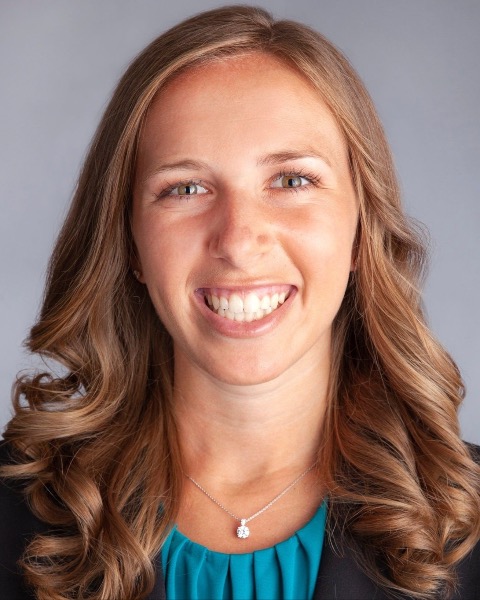Endocrinology: Transgender
Endocrinology 2
194 - Clinician Perspectives in the Gender and Autism Program – A Novel Clinical Service for Transgender Autistic Youth
Publication Number: 194.214

Sarah N. Bernstein, MD (she/her/hers)
Pediatric Resident Physician
Children's National Health System
Rockville, Maryland, United States
Presenting Author(s)
Background:
The intersection of autism and gender diversity is common: Autism Spectrum Disorder (ASD) is 3-6.4 times more prevalent in transgender compared to cisgender individuals. The co-occurrence rate is estimated at 11%. The World Professional Association for Transgender Health (WPATH) Standards of Care call for autism specialists to collaborate with gender specialists to provide attuned care when serving this population. Co-occurring autism and gender-diversity is associated with significantly increased mental health risks, above and beyond mental health risks in autistic or gender-diverse populations independently. The Gender and Autism Program (GAP) at Children’s National Hospital in Washington D.C., founded in 2017, is the first clinical service specifically designed for youth who are both transgender and autistic. The GAP provides evaluation services for autism and gender needs as well as support group programs for youth and their parents/caregivers.
Objective: Examine clinical considerations and challenges of expert providers in the subspecialty clinic.
Design/Methods: The five clinicians providing direct assessment services for the GAP, uniquely expert given their experience serving the first subspecialty clinic dedicated to intersecting autism and gender-diversity, participated in a multi-stage Delphi study to identify overarching challenges and clinical needs of this population. The providers responded to the initial prompt asynchronously and anonymously, then evaluated the resulting statements, with 80% agreement set as the threshold for inclusion of a response.
Results: Of the 12 clinical statements submitted and reviewed by the clinicians, 11 were accepted unanimously. Clinicians emphasized how autism-related differences (executive functioning, self-advocacy) can impact the gender-affirmation process. Accommodations must be made (i.e., visual supports, concrete language, structured visits) and extended clinical time is often necessary.
Conclusion(s):
Providers described the importance of balancing the time needed for adequate support/gender-discernment without gatekeeping the timeline for gender-affirming medical care. Future research is needed to investigate perspectives of providers from other disciplines (i.e. endocrinologists, adolescent health specialists, pediatricians, speech-language pathologists) who interface with this intersectional population.
